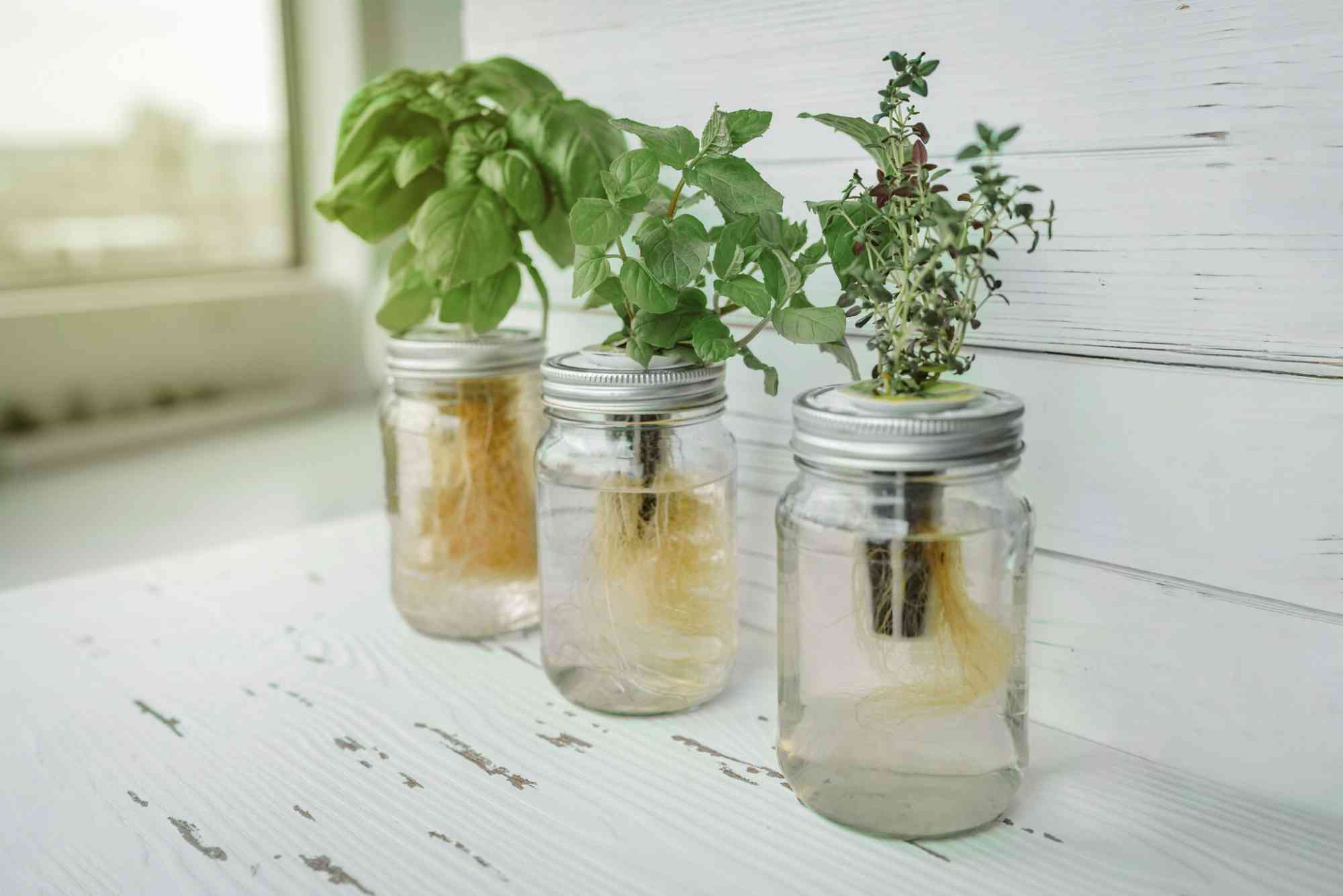How to Make Hydroponic Fertilizer at Home for Your Plants
Growing plants hydroponically offers faster growth, higher yields, and more control over nutrients. Instead of relying on store-bought solutions, you can learn how to make hydroponic fertilizer at home using simple ingredients. By creating your own nutrient mix, you not only save money but also customize the solution to match your plant’s specific needs. With the right approach, even beginners can prepare an effective and balanced hydroponic fertilizer that supports strong root development, lush leaves, and abundant harvests.
Understanding Hydroponic Fertilizer Basics
Hydroponic systems grow plants without soil, meaning plants rely entirely on nutrient-rich water. Hydroponic fertilizer replaces the minerals they would usually get from soil. This solution must include macronutrients like nitrogen, phosphorus, and potassium, along with essential micronutrients such as calcium, magnesium, iron, and zinc. When making fertilizer at home, accuracy is crucial. Too much of one nutrient can damage roots, while too little will stunt growth.
Ingredients for Homemade Hydroponic Fertilizer
The ingredients you choose determine how effective your hydroponic nutrient mix will be. Commonly used components include potassium nitrate for potassium and nitrogen, calcium nitrate for calcium, magnesium sulfate (Epsom salt) for magnesium and sulfur, mono potassium phosphate for phosphorus and potassium, and trace mineral mixes for essential micronutrients. You can source these from garden supply stores or agricultural suppliers. Always opt for water-soluble forms to ensure they dissolve completely in your nutrient solution.
Guide on How to Make Hydroponic Fertilizer at Home
Start by preparing clean, chlorine-free water as the base. Tap water can work if left to sit for 24 hours to let chlorine evaporate, or you can use filtered water. Next, measure your nutrient components accurately. Begin with calcium nitrate and dissolve it in half of your water. In a separate container, mix potassium nitrate, magnesium sulfate, and mono potassium phosphate in the remaining water. Keeping these solutions separate before mixing prevents chemical reactions that can reduce nutrient availability.
Once both parts are fully dissolved, slowly combine them into a single container, stirring continuously. Check the pH level of the solution; most hydroponic plants thrive between pH 5.5 and 6.5. If necessary, use pH up or pH down solutions to adjust it. Finally, check the electrical conductivity (EC) to ensure your nutrient concentration is within the desired range for your crop type.
Balancing Nutrients for Different Plants
Different plants have varying nutrient requirements. Leafy greens like lettuce prefer higher nitrogen levels for lush foliage. Fruiting plants like tomatoes and peppers need more potassium and phosphorus to support flowering and fruit development. Herbs like basil or mint require a balanced mix but often benefit from extra magnesium for better flavor. By adjusting your ratios, you can optimize growth for each plant type.
Tips for Storing and Using Homemade Hydroponic Fertilizer
Store your prepared fertilizer in a cool, dark place to maintain nutrient stability. Avoid direct sunlight as it can degrade certain elements. Always mix the solution well before use to ensure even nutrient distribution. Change the nutrient solution in your hydroponic reservoir every 1–2 weeks to prevent salt buildup and nutrient imbalances.
When feeding plants, monitor their health closely. Yellow leaves may indicate a nitrogen deficiency, while brown edges can point to potassium shortage. If plants show signs of nutrient burn, dilute your solution slightly.
Common Mistakes to Avoid
One common mistake is not dissolving ingredients fully, leading to clogged pumps and uneven feeding. Another is skipping pH adjustments, which can lock out essential nutrients even if they’re present in the solution. Overfeeding is also a risk; more nutrients do not always mean faster growth. Precision is key, so invest in a digital pH meter and EC meter for accurate readings.
Benefits of Making Hydroponic Fertilizer at Home
Making your own fertilizer gives you full control over nutrient content, saves money, and allows customization for different plant stages. You can also ensure no unnecessary additives are present, keeping your hydroponic system clean and efficient. Over time, this practice can improve plant health, increase yields, and reduce dependency on commercial fertilizers.
FAQs
Can I use regular garden fertilizer for hydroponics?
It’s not recommended. Regular fertilizers are designed for soil and may not dissolve completely in water. Hydroponic fertilizers are specially formulated for nutrient absorption in water-based systems.
How often should I feed my hydroponic plants?
Plants in hydroponics need constant access to nutrients, so keep the solution available at all times. Replace it every 1–2 weeks for best results.
Do homemade hydroponic fertilizers work as well as commercial ones?
Yes, if made correctly. Precision in measuring and balancing nutrients is essential for achieving similar or even better results than store-bought formulas.
What pH should my hydroponic fertilizer be?
Most plants thrive between pH 5.5 and 6.5. Always check and adjust your solution before use.
Learning how to make hydroponic fertilizer at home empowers you to take full control of your gardening. By understanding nutrient needs, using the right ingredients, and monitoring pH and EC levels, you can create an effective solution tailored to your plants. With practice, you’ll enjoy healthier growth, better yields, and the satisfaction of a truly self-sustained hydroponic garden. Start today and see the difference your homemade formula can make in your plants’ success.



